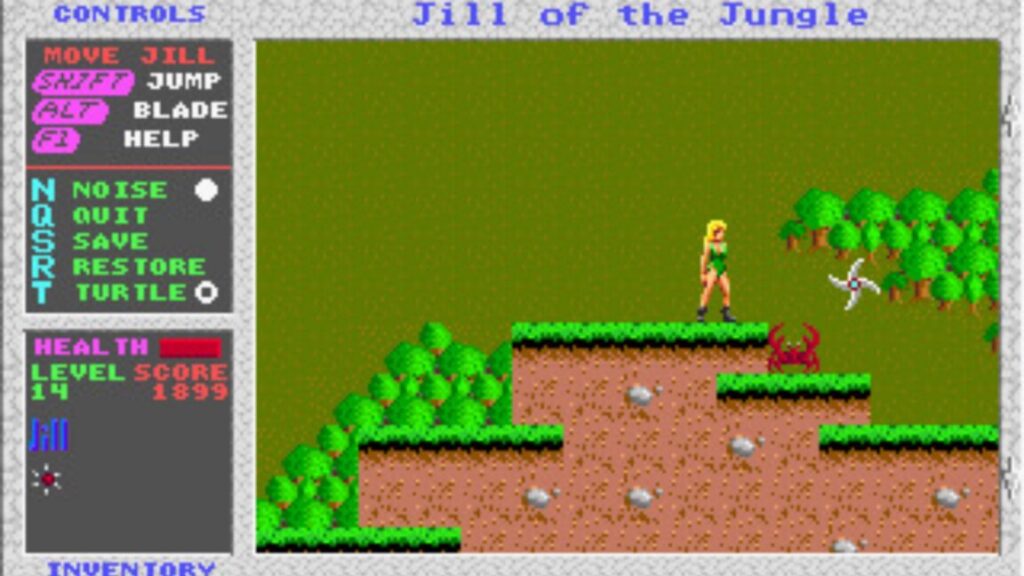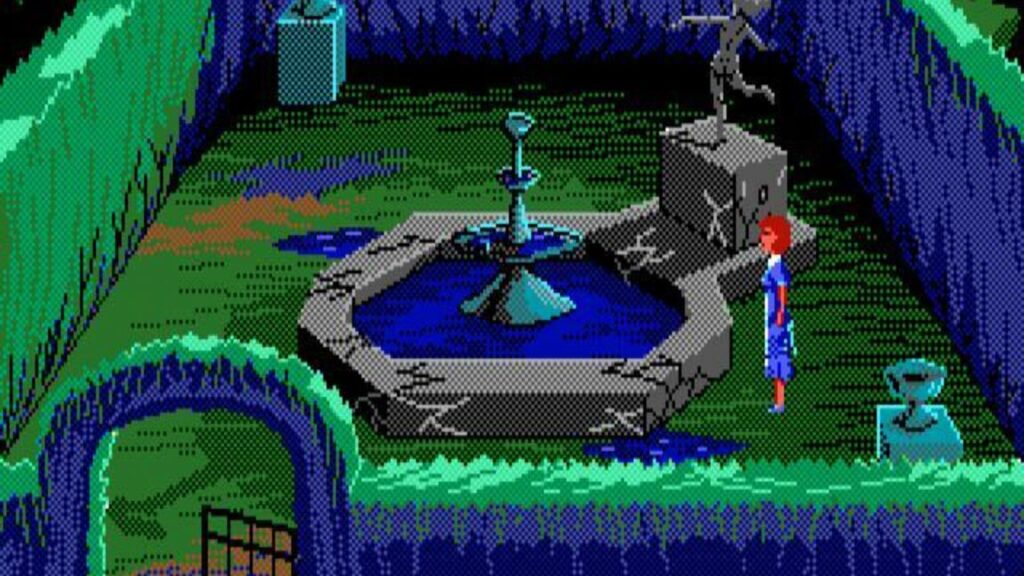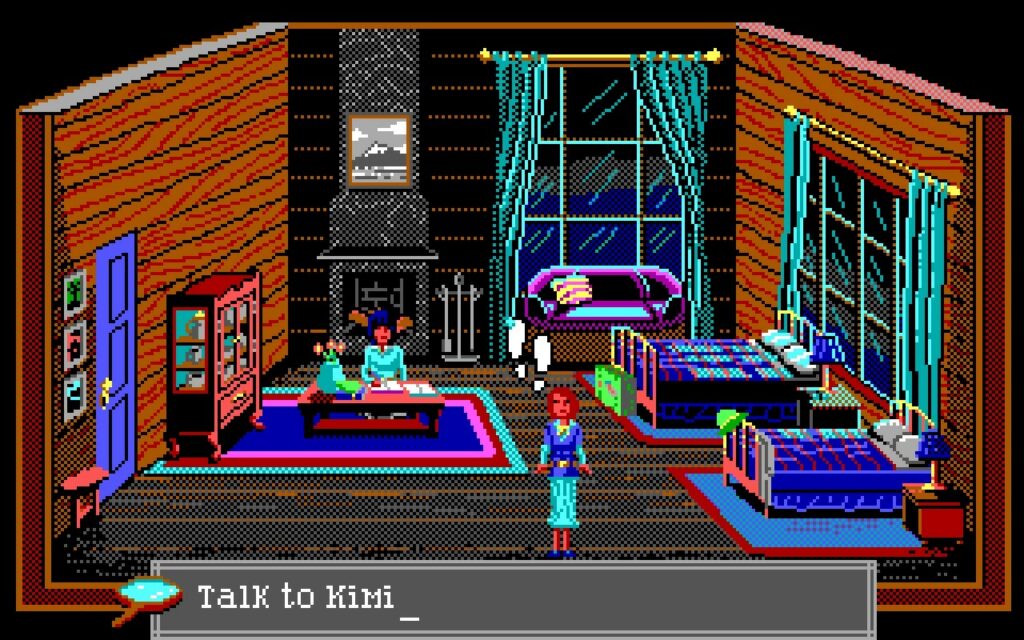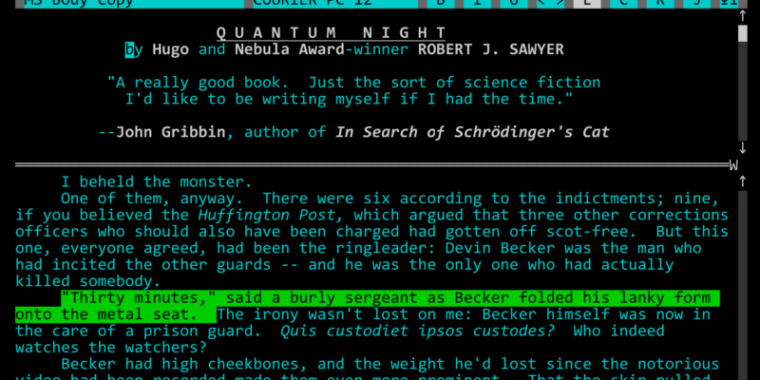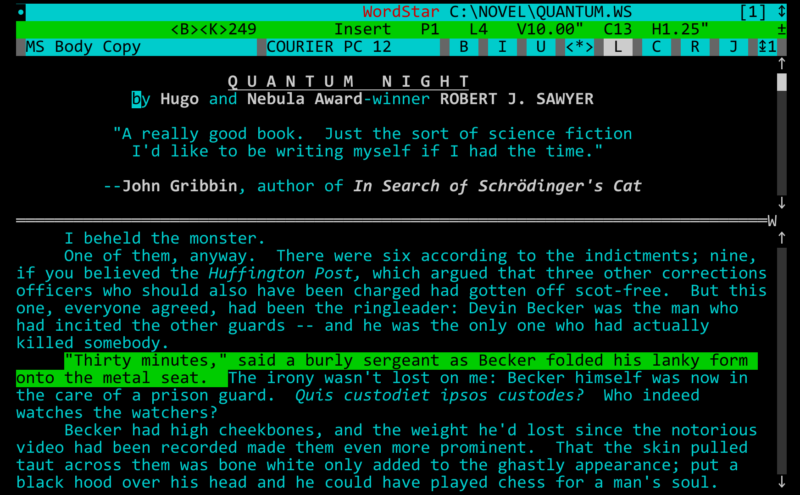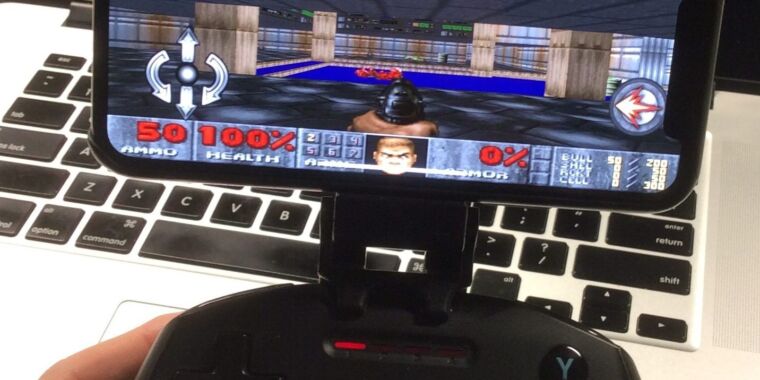Revisiting Jill of the Jungle, the last game Tim Sweeney designed
Boy, was 1992 a different time for computer games. Epic MegaGames’ Jill of the Jungle illustrates that as well as any other title from the era. Designed and programmed by Epic Games CEO Tim Sweeney, the game was meant to prove that console-style games of the original Nintendo era could work just as well on PCs. (Later, the onus of proof would often be in the reverse direction.)
Also, it had a female protagonist, which Sweeney saw as a notable differentiator at the time. That’s pretty wild to think about in an era of Tomb Raider‘s Lara Croft, Horizon Forbidden West‘s Aloy, Life is Strange‘s Max Caulfield, Returnal‘s Selene Vassos, Control‘s Jesse Faden, The Last of Us‘ Ellie Williams, and a seemingly endless list of others—to say nothing of the fact that many players of all genders who played the games Mass Effect and Cyberpunk 2077 seem to agree that the female protagonist options in those are more compelling than their male alternatives.
As wacky as it is to remember that the idea of a female character was seen as exceptional at any point (and with the acknowledgement that this game was nonetheless not the first to do that), it’s still neat to see how forward-thinking Sweeney was in many respects—and not just in terms of cultural norms in gaming.
Gameplay to stand the test of time
Having been born in the early 80s to a computer programmer father, I grew up on MS-DOS games the way many kids did on Atari, Nintendo, or PlayStation. Even I’ll admit that, as much as I enjoyed the DOS platformers, they don’t hold up very well against their console counterparts. (Other genres are another story, of course.)
I know this is blasphemy for some of my background and persuasion, but Commander Keen‘s weird, floaty controls are frustrating, and what today’s designers call the “game feel” just isn’t quite right.
Revisiting Jill of the Jungle, the last game Tim Sweeney designed Read More »
